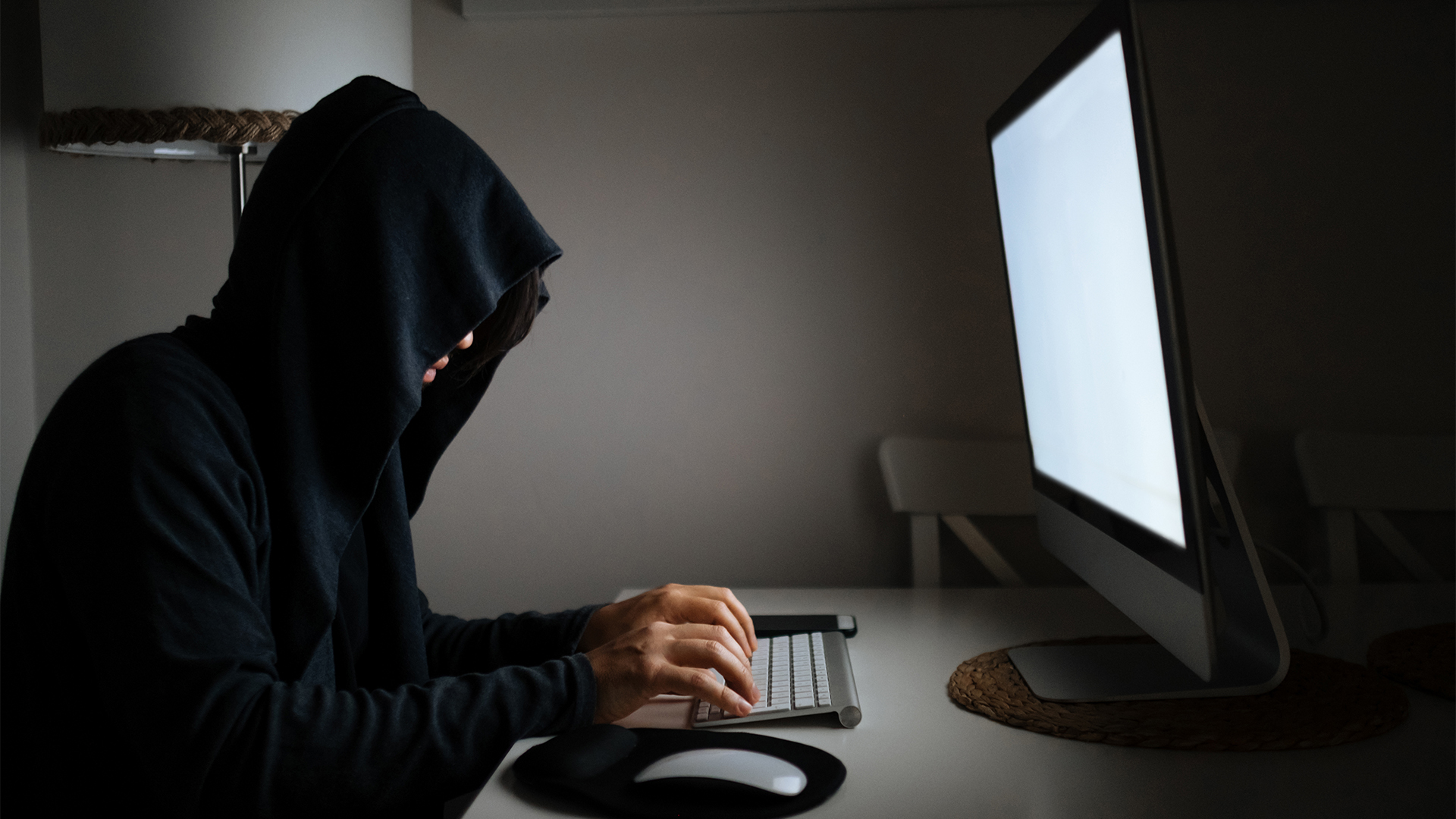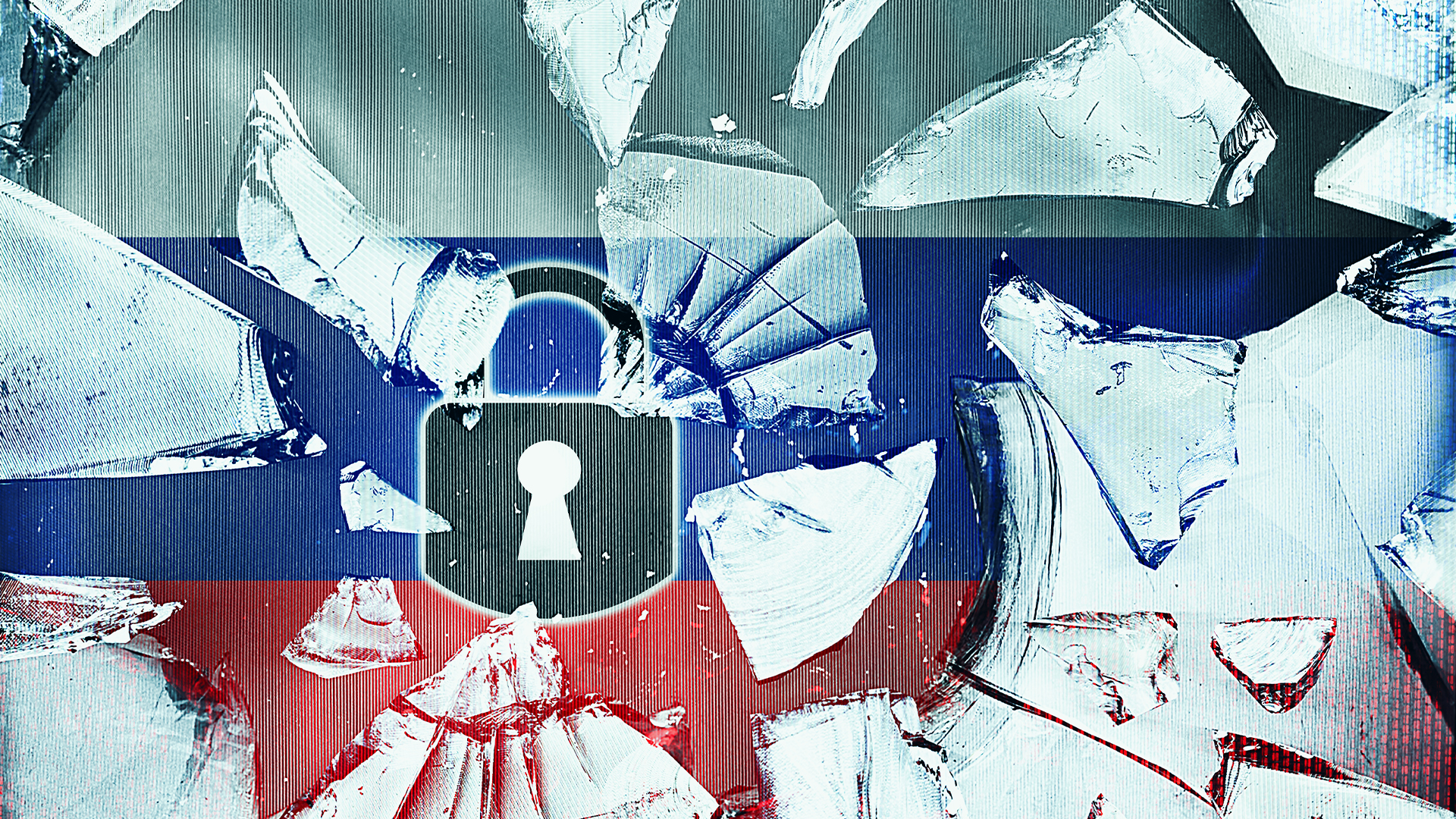Microsoft warns of ‘continuously evolving’ Android ransomware
This sophisticated strain abuses the incoming call notification to block access to a device


Microsoft has lifted the lid on a sophisticated ransomware family that has been spotted using a machine learning component embedded in its code and has so far managed to evade most security tools.
Like most Android ransomware strains, this particular threat, called AndroidOS/MalLocker.B, doesn’t encrypt users files. Instead, it blocks users’ access to their devices by displaying a full-screen notification that spoofs a message from authorities and demands payment in exchange for its removal.
Researchers say they are especially alarmed by the sophisticated techniques the malware uses to avoid detection, as well as the Android features it abuses to show a ransomware note that cannot be dismissed. This is something many Android ransomware strains have struggled to accomplish recently.
“The mobile ransomware is the latest variant of a ransomware family that’s been in the wild for a while but has been evolving non-stop,” the Microsoft Defender Research Team said.
“The new variant caught our attention because it’s an advanced malware with unmistakable malicious characteristic and behavior and yet manages to evade many available protections, registering a low detection rate against security solutions.”
Android ransomware in the past often targeted the ‘SYSTEM_ALERT_WINDOW’ permission to show ransom notes, which couldn’t be dismissed by the user as this permission was normally reserved for things like system alerts or error messages. The mechanism was exploited to make the message fully occupy the screen, blocking access to the device, although this attack surface was practically eliminated following system tweaks by Google.
Android malware has since attempted to adapt by misusing other features, but these have been largely ineffective. Attempts to exploit accessibility features often alerted users to the presence of malware as it requires navigating through several menu screens in order to use these services. Other families used infinite loops of drawing non-system windows, but it’s possible for users to go to settings and uninstall the app in between drawing and redrawing.
Sign up today and you will receive a free copy of our Future Focus 2025 report - the leading guidance on AI, cybersecurity and other IT challenges as per 700+ senior executives
However, this new malware family has overcome these barriers by abusing the “call” notification – which fills the screen with a notice that you’re receiving an incoming call – to show a full-screen message that cannot be dismissed.
This particular strain has been through several stages of evolution to get to this current form, and Microsoft’s research team has previously seen stains that abuse accessibility settings, as well as general notification services. The expectation is that this family will churn out new variants with even more sophisticated techniques in future.
Alarmingly, its code is embedded with a TinyML machine learning module that’s designed to make sure images fit the screen without distortion. This would ensure that a ransom note would appear more believable, and less contrived.
As of now, the library using TinyML hasn’t yet been wired to the malware’s functionalities, but Microsoft claims its presence implies the intention to do so in future versions.

Keumars Afifi-Sabet is a writer and editor that specialises in public sector, cyber security, and cloud computing. He first joined ITPro as a staff writer in April 2018 and eventually became its Features Editor. Although a regular contributor to other tech sites in the past, these days you will find Keumars on LiveScience, where he runs its Technology section.
-
 Gender diversity improvements could be the key to tackling the UK's AI skills shortage
Gender diversity improvements could be the key to tackling the UK's AI skills shortageNews Encouraging more women to pursue tech careers could plug huge gaps in the AI workforce
-
 Researchers claim Salt Typhoon masterminds learned their trade at Cisco Network Academy
Researchers claim Salt Typhoon masterminds learned their trade at Cisco Network AcademyNews The Salt Typhoon hacker group has targeted telecoms operators and US National Guard networks in recent years
-
 15-year-old revealed as key player in Scattered LAPSUS$ Hunters
15-year-old revealed as key player in Scattered LAPSUS$ HuntersNews 'Rey' says he's trying to leave Scattered LAPSUS$ Hunters and is prepared to cooperate with law enforcement
-
 The Scattered Lapsus$ Hunters group is targeting Zendesk customers – here’s what you need to know
The Scattered Lapsus$ Hunters group is targeting Zendesk customers – here’s what you need to knowNews The group appears to be infecting support and help-desk personnel with remote access trojans and other forms of malware
-
 Impact of Asahi cyber attack laid bare as company confirms 1.5 million customers exposed
Impact of Asahi cyber attack laid bare as company confirms 1.5 million customers exposedNews No ransom has been paid, said president and group CEO Atsushi Katsuki, and the company is restoring its systems
-
 The US, UK, and Australia just imposed sanctions on a Russian cyber crime group – 'we are exposing their dark networks and going after those responsible'
The US, UK, and Australia just imposed sanctions on a Russian cyber crime group – 'we are exposing their dark networks and going after those responsible'News Media Land offers 'bulletproof' hosting services used for ransomware and DDoS attacks around the world
-
 A notorious ransomware group is spreading fake Microsoft Teams ads to snare victims
A notorious ransomware group is spreading fake Microsoft Teams ads to snare victimsNews The Rhysida ransomware group is leveraging Trusted Signing from Microsoft to lend plausibility to its activities
-
 Volkswagen confirms security ‘incident’ amid ransomware breach claims
Volkswagen confirms security ‘incident’ amid ransomware breach claimsNews Volkswagen has confirmed a security "incident" has occurred, but insists no IT systems have been compromised.
-
 The number of ransomware groups rockets as new, smaller players emerge
The number of ransomware groups rockets as new, smaller players emergeNews The good news is that the number of victims remains steady
-
 Teens arrested over nursery chain Kido hack
Teens arrested over nursery chain Kido hacknews The ransom attack caused widespread shock when the hackers published children's personal data